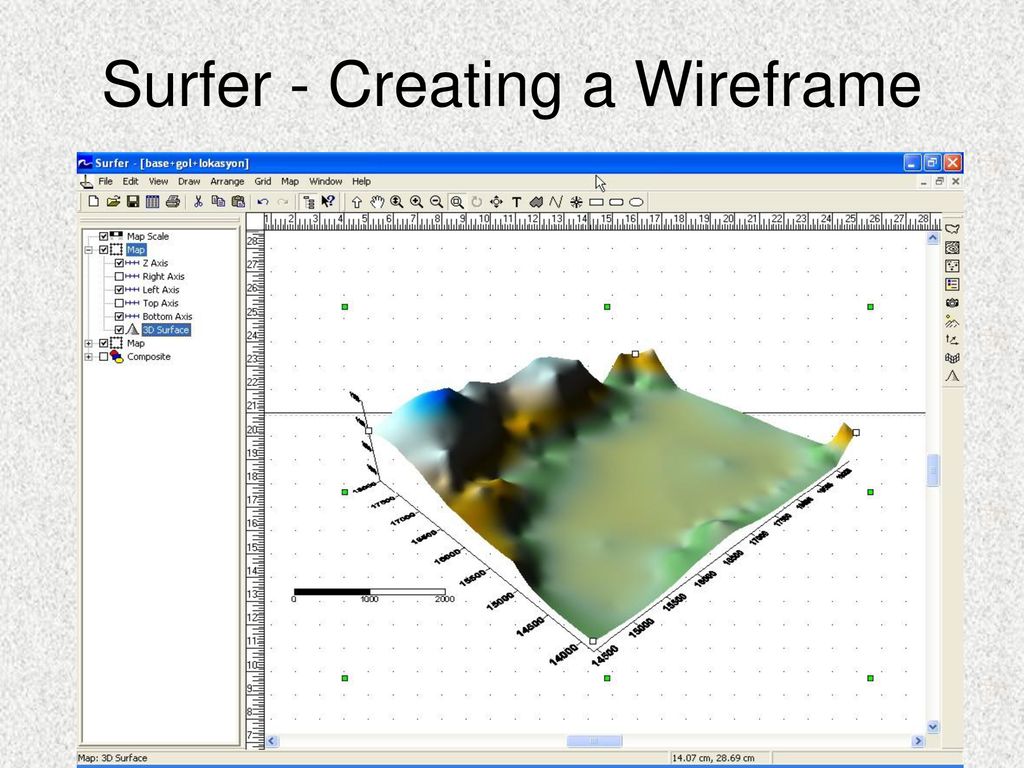
Likewise, bodysurfing is an absolute requisite for anyone who wants to learn to surf. When learning to kitesurf, body dragging (getting pulled by your kite in the water without a board) is a crucial step. Once inside the wave, you can really feel its energy and momentum and you learn to steer and maintain speed. Not only is bodysurfing awesome fun, but you really get a deep feel for the wave and the exasct timing for when to push into it.
#Surfer 12 tutorial full#
Just get in the water with the swimmers, and try to catch small waves back to the sand with your body in full extension. Riding waves with your body is very natural. I started surfing as a natural sequel to bodysurfing at the beach in the summer. Some give up surfing before they even get to that point. Because they need to learn to stay on the surfboard and paddle it, some difficult skills to master, they don’t get a chance to catch waves until MUCH later. Learning surfers often get in the waves for the first time with their surfboard under their arm.

And for balance, consider getting a surfskate or at least a balance board. Cardio training such as running or jumping rope will also help a lot. So how do you prep for learning to surf? If you can, do a mix of push-ups, pull-ups, and dips. After one or two hours of paddling, you’ll be exhausted, and your whole upper body will be very sore the next day. Why? You’ll be spending 99% of your time paddling on your surfboard in a prone position. In reality, what you need the most for learning is good arms, shoulders, and back. Most newbies think you need strong legs like for skateboarding or snowboarding. I wish I’d had this guide when I first started, it would have saved me tons of time and energy!īy the way, if you’re learning to surf, you should also check out this post about the best sunglasses I’ve found to actually go surfing with – as opposed to hanging out on the beach! They’re based on my years of experience and observation and coaching of newbie surfer friends. The following are 15 no-BS steps that will help you learn to surf faster. Not only has the sport evolved a lot, but also the way it’s taught and learned. Nowadays, I see plenty of people of all ages and fitness levels learning to surf, and I’m amazed to see how quickly they start riding waves. Back then surfing wasn’t a big thing and there were almost no schools and few foam-top boards around – heck there were few surfers and surfboards in general, at least where I lived. I learned to surf at a relatively young age.
#Surfer 12 tutorial how to#
Learning how to really surf a wave can take weeks or months depending on your skills, fitness, the conditions you learn in, and how often you practice. Skills include confidence in the water, surf safety, ocean awareness, rips, waves, surf etiquette, catching waves, standing up, paddling, turning and more.You probably already know this but surfing is not an easy skill to learn.

You can easily manage and help your child advance his surfing skill level by joing surf groms. The programs have the same group of children learning together for the entire program working through a log book. Monitoring the progress of your kid through this program can be easily done. The programs are generally 3-5 days and lessons are 2 hours per day. Kids joining surf groms do not just learn how to surf, they learn about beach safety, board rescues and more. We guarantee that the program is safe for your kids to learn to surf South Australia. Our surf groms program is an early introduction of kids to surfing.

The programs are on weekends in school term and week days during the school holidays. Surf & Sun Surf Grom programs are our most popular kids program.


 0 kommentar(er)
0 kommentar(er)
